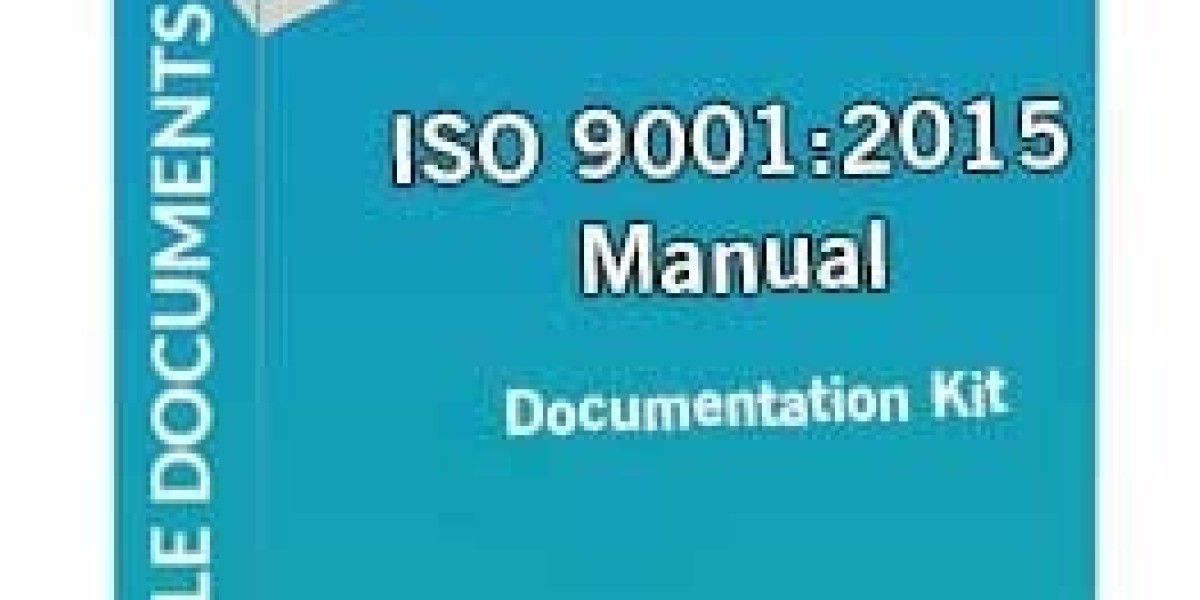Effective ISO 9001 audit readiness means that an organization’s quality management system (QMS) documentation and records are fully prepared for both internal reviews and third-party certification audits. Instead of scrambling at the last minute, audit readiness involves the ongoing upkeep of key ISO 9001 documents, evidence, and processes. In practice, this means ensuring that your quality policy, objectives, procedures, and records accurately reflect how the organization operates and meet ISO 9001 requirements.
Auditors—whether internal team members or an external registrar—expect to see a coherent and current suite of documentation. An internal audit aims to catch issues early and improve the system, while a certification audit verifies that the QMS complies with ISO 9001. In both cases, the same core documents and records come under scrutiny, so internal audits should be treated as dress rehearsals for certification.
Below, we discuss the main categories of ISO 9001 documents to review for ISO 9001 audit readiness, focusing on how each category demonstrates an effective QMS and supports both internal checks and certification requirements.
Foundational QMS Documents
Start with top-level QMS documents. The Quality Policy and Quality Objectives are crucial: the policy sets out your commitment to quality and should be aligned with your business, while objectives translate that commitment into measurable goals. Auditors will check that the policy is communicated (for example, posted in the workplace) and that objectives are relevant and monitored over time.
Next is the Scope of your QMS, defining which parts of the organization and what products or services are covered. This should be documented clearly and match your actual operations. Many organizations still maintain a quality manual or system overview outlining scope and process interactions, which helps auditors quickly understand how the QMS is structured.
Also include any documented criteria for key requirements and risks. For example, ISO 9001 requires criteria for supplier evaluation and selection (clause 8.4) if you purchase products or services externally. Similarly, risk-based thinking is a core principle (clause 6.1), so any risk assessments or opportunity registers should be available. Together, these foundational documents demonstrate the planning framework your organization uses to manage quality.
Process Documentation and Procedures
Next, auditors will review your process-level documentation. This includes any procedures or work instructions for critical operations (for example, design, production, customer service, or purchasing). Also ensure you have procedures for how documents and records are controlled (clause 7.5). Although ISO 9001:2015 is less prescriptive, having up-to-date procedures shows that processes are defined.
Make sure documented procedures match actual practice. Auditors may verify this by comparing a written procedure or work instruction to how work is actually done. Ensure staff follow the procedures and that the documents are accessible.
In practical terms, keep a document control procedure or policy on hand and maintain a list of your QMS documents. Auditors will check that revisions are tracked, approvals documented, and obsolete versions removed. These process-level documents and controls show that work is performed according to your QMS.
Evidence: Records and Implementation
Auditors will want evidence that the system is implemented, such as training records or competency checklists to show that employees have the necessary qualifications (clause 7.2). Keep logs of equipment calibration and maintenance to prove that measuring devices and tools are accurate and reliable (clauses 7.1.5 and 7.1.3). These records show that people and tools are under control.
Also keep records of product, service, and inspection outputs. If your processes produce a product, retain batch records, inspection certificates, or test reports that show each lot met its acceptance criteria (clause 8.6). If the output is a service, keep records of performance checks or test results. Auditors will ask: “Can you show that outputs meet the documented requirements?” Therefore, design outputs, test results, or quality logs must be organized and accessible.
Finally, document any changes and fixes. Keep records of change control (such as revised procedures or drawings) and of nonconformities and corrective actions (clause 10). Also have customer-related documents ready, such as contracts, order reviews, or customer feedback logs, which confirm that customer requirements were understood and addressed. These records together prove that your QMS is lived in practice, not just on paper.
Audits: Internal and Certification
All of the ISO 9001 document categories above apply equally to internal audits (conducted by your team) and certification audits (performed by a registrar). Maintaining ISO 9001 audit readiness is largely a continuous process: if you keep your QMS documentation well organized and current, your internal audits naturally serve as a dress rehearsal for certification.
For internal audits, make sure that audit plans, checklists, and reports are complete and that any findings are corrected with documented actions. These internal audit records themselves become important audit evidence – they show auditors that you are proactively managing your system. When the certification auditor arrives, they will expect to see this evidence as proof of oversight.
Ultimately, well-organized documentation helps ensure smoother internal and certification audits.






